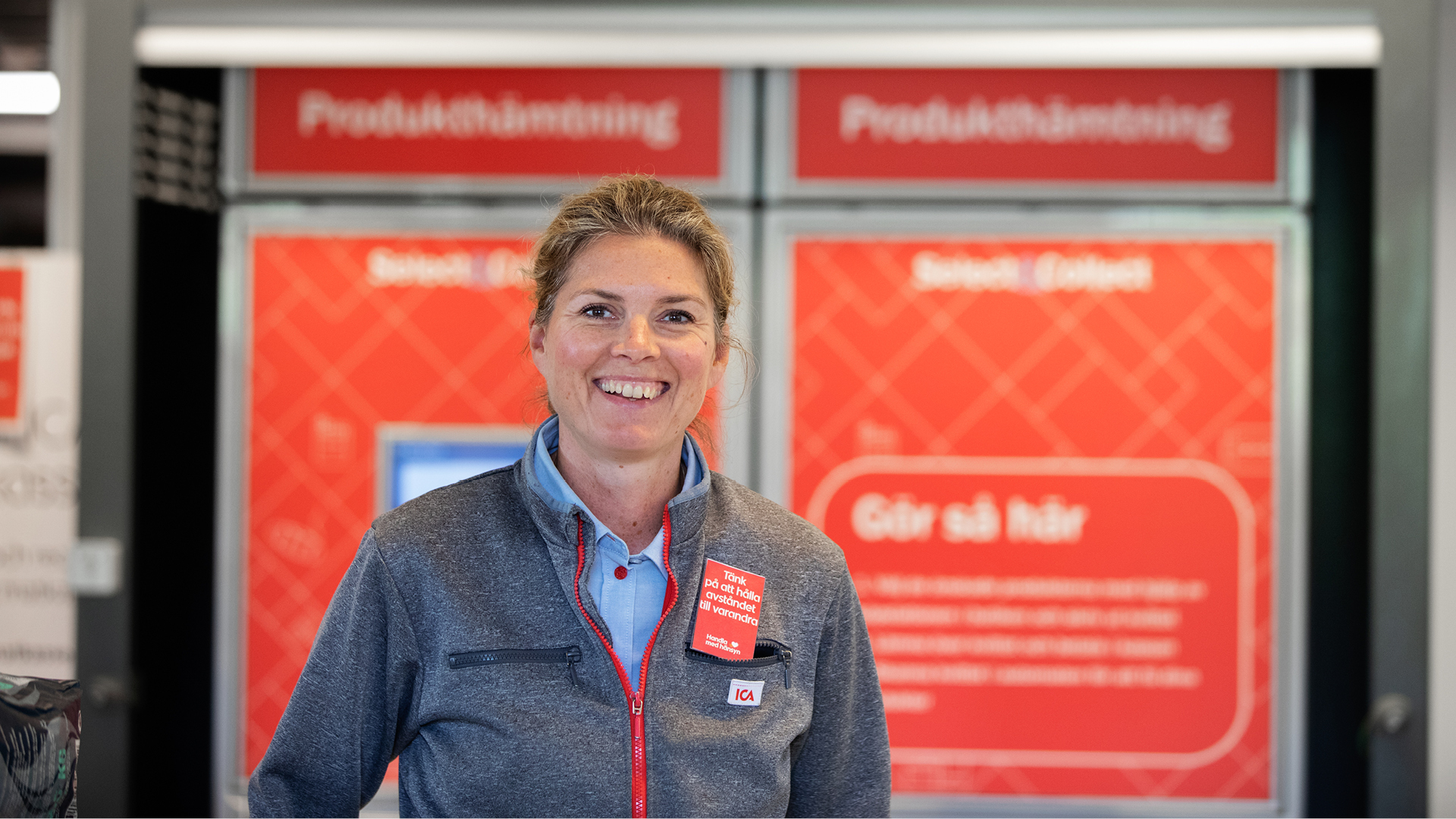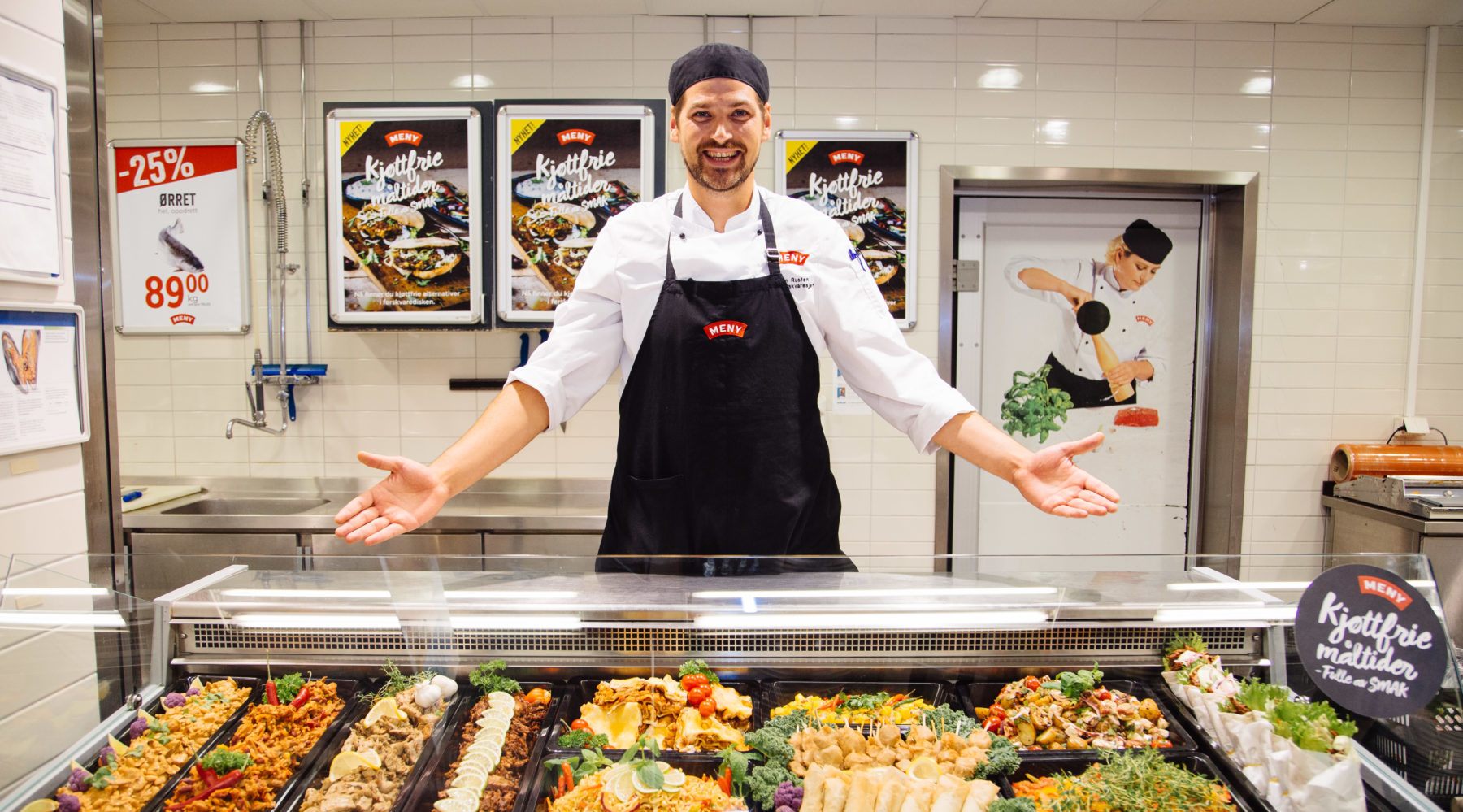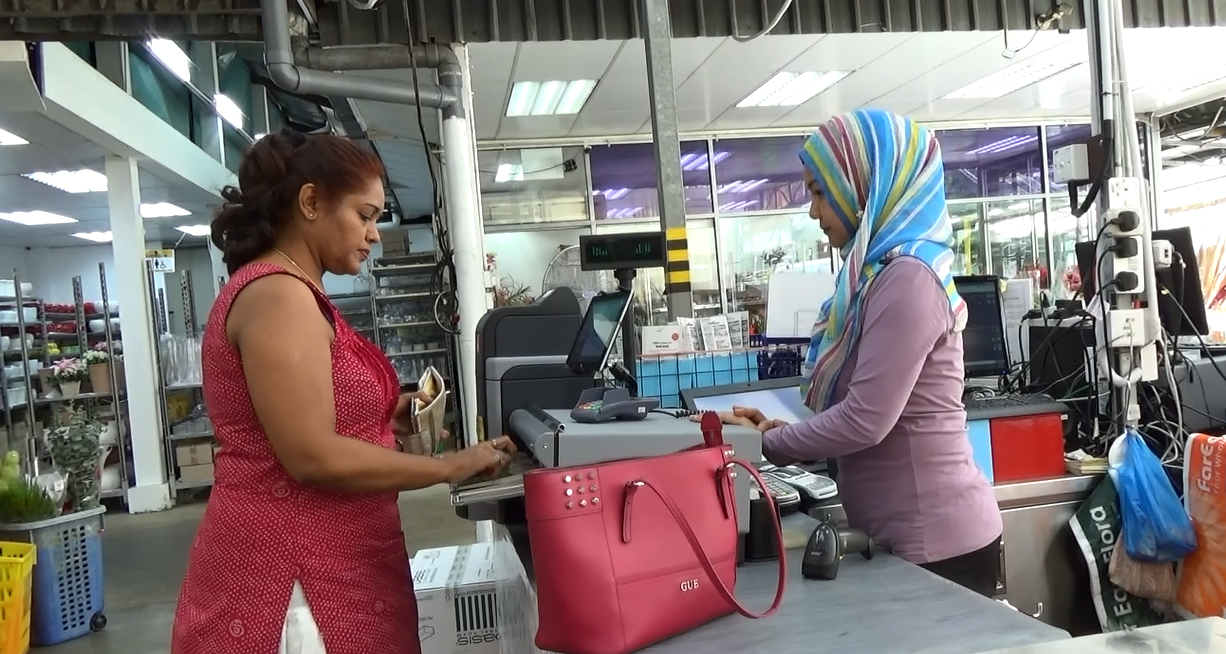Insight into retail Loss Prevention: A Complete Guide
With the increasing retail theft in Europe, how can the grocery retail industry protect the sales of high-theft items while simultaneously creating a safer shopping environment for staff and consumers?
In this guide, we’ll delve into the various facets of loss prevention, from its definition to the exploration of effective strategies and future trends. Whether you’re a business owner, a loss prevention professional, or simply keen to understand this vital field, this article will offer you invaluable insights.
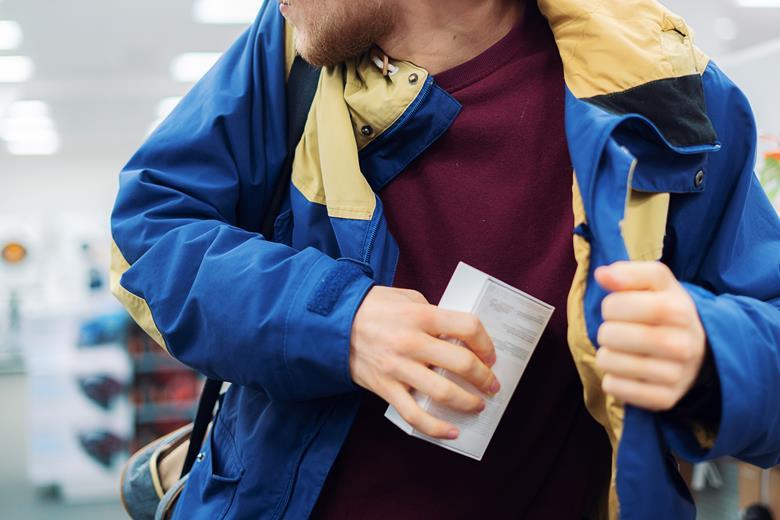
Defining Loss Prevention
Loss prevention is a vital part of a retailer’s business. It is the implementation of strategies and measures to reduce the frequency of theft, fraud, and other forms of loss. It spans a range of activities aimed at protecting a company’s assets, including inventory & cash.
Loss prevention is integral to the overall success and profitability of retailers. By effectively managing and mitigating potential risks, companies can minimise financial losses, safeguard their reputation, and maintain customer trust. Moreover, loss prevention can enhance operational efficiency, streamline processes, and boost employee morale.
High-theft items
We will mention high-theft items several times in this article. These are products that are more likely to be stolen than others, often because they are small and/or expensive. Typical examples of high-theft items are tobacco, razor blades, baby formula, alcohol, contraceptives and more.
The increasing problem with loss prevention
Research shows that the number of violent theft incidents have nearly doubled in the UK since the pandemic1. And more than 4 billion pounds worth of products are stolen from supermarkets and other retailers in the region over the course of a year2. That is despite UK retailers spending 700 million pounds on loss prevention measures1. A separate BRC survey from 2023 found that shoplifting had increased by 27% in 10 major cities in the UK3. In the first 6 months of 2023, there was almost 1,000 retail crime incidents a day in the UK4. In light of this data, the British Retail Consortium has been lobbying the government to advocate for tougher sentences for individuals who target retail workers.
What type of Loss occurs?
By understanding the actions leading to loss, you can take proactive measures to protect your business and minimise financial losses. Let’s explore some of the key factors that contribute to profit loss.
Shoplifting and return fraud
These activities can drain your resources and erode your revenue. Shoplifting involves the theft of merchandise from retail stores or purposefully selecting cheaper items at the self-checkout, while return fraud involves the fraudulent return of items for cash or store credit. To combat these issues, businesses can implement solutions like Vensafe, CashGuard, self-checkout with loss prevention functionality, visible security measures, CCTV, inventory control systems, and vigilant staff members.
Employee theft and fraud
Regrettably, dishonest employees can exploit their access to valuable assets, cash, or sensitive information, resulting in substantial financial losses. Implementing solutions to combat this type of loss can be just as effective as focusing on shoplifting and return fraud. Effective solutions in this area includes Vensafe, CashGuard, surveillance cameras, access controls, and employee training programmes.
Losses caused by suppliers and warehouse crime
Research found that 18% of the loss comes from both large-scale theft and small-scale pilfering from warehouses2. Which means that thieves (external and internal) also target products that haven’t even made it to the shelves yet. Effective solutions for this problem include surveillance cameras, access controls, proper inventory tracking and employee training programs.
Effective Loss Prevention Strategies
Implementing effective loss prevention strategies is crucial for businesses to protect their assets, minimise financial losses, and maintain a secure environment. However, it is important than these strategies don’t ruin the customer experience and thereby reduce sales, something commonly seen when implementing solutions such as spider tags and locking certain products in boxes. By implementing the right strategies, businesses can prevent theft, fraud, and other forms of loss while avoiding reduction in sales.
Key elements of successful loss prevention strategies include:
- Technical solutions: designed with both loss prevention and customer experience in mind.
- Employee Training: Well-trained employees are an important line of defence against loss. Not to mention reducing the risk for the employees themselves. They should be educated on security protocols, awareness of potential risks, and how to identify and report suspicious activities.
- General Security Systems: Investing in state-of-the-art security systems such as surveillance cameras, access control systems, and alarms is essential for deterring theft and providing evidence if an incident occurs.
- Data Analysis: Using data analysis tools can help businesses identify patterns, detect anomalies, and predict potential areas of vulnerability.
When creating the loss prevention strategy, the following actions should be taken:
- Risk Assessment: Identify potential risks and vulnerabilities specific to your business, such as shoplifting, employee theft, or cybercrime. What is your weakest point today, and what is the priority?
- Implemention plan of security measures: Identify the most appropriate loss prevention solutions, such as Vensafe, CashGuard, Self-checkouts with security scales and item recognition, surveillance equipment, and access control measures to protect your premises, assets, and data.
- Policies and Procedures: Develop clear policies and procedures that address how to use technical solutions, security measures, employee conduct, and incident response protocols.
- Regular Audits: Conduct regular audits to assess the effectiveness of your loss prevention strategies and identify areas for improvement.
By implementing these effective loss prevention strategies and utilising technology, businesses can safeguard their assets, reduce financial losses, and create a secure environment for their employees and customers.
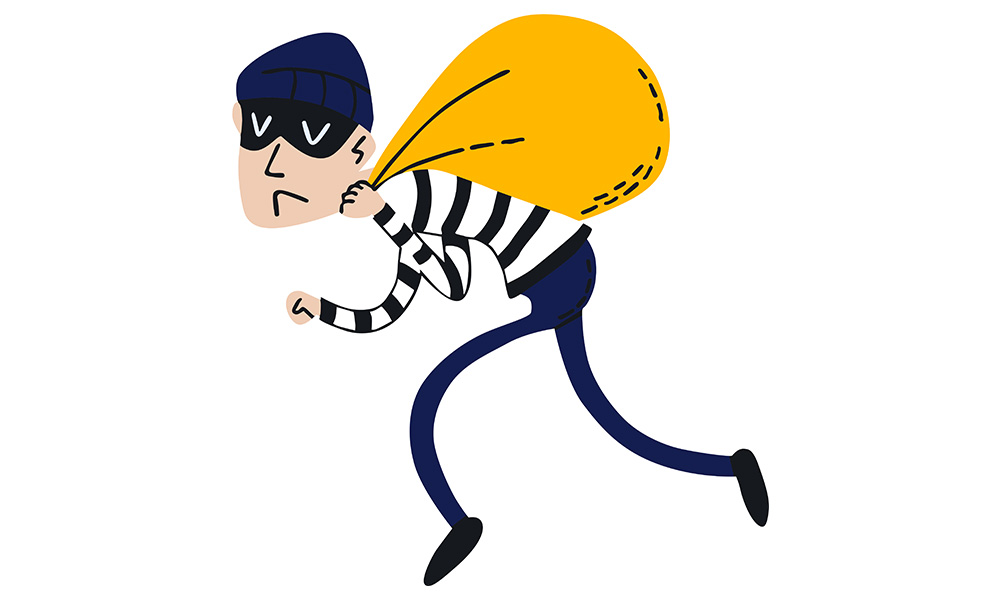
Loss Prevention in Grocery Retail
When it comes to the grocery sector specifically, the issue with losses have been well-known for a while, although they have recently increased in significance. There are many actions and strategies being used today, some more effective than others.
Gated exit with forced scan of receipt
Loblaw in Canada5, along with several other retailers in Europe, have implemented gates in the self-checkout zone with a forced scan of a receipt in order to open them. While this is a visible security action that may deter potential thieves, it doesn’t really work. The solution only guarantees that something is bought. Not necessarily the full basket, or the correct items. Much more effective options would be to implement self-checkouts with AI item recognition and security scales, or AI-powered CCTV designed to identify potential theft situations.
Body cameras for staff
Lidl UK has recently decided to roll out body cameras to all stores in the region6. The rollout is set to be completed this spring. As they are the first supermarket to initiate a full rollout, the results will be interesting to follow. Hopefully, this action will improve the staff safety during potentially violent incidents. It is also a clearly visible security measure, but it is still unlikely to reduce non-violent theft and theft at the self-checkout.
Protecting theft-prone items
The idea of making the theft-prone items harder to steal has been a wish from retailers for a long time. And it makes sense to focus your efforts on the most targeted products. But, it can very quickly have a negative impact on the customer experience. Moreover, the actions taken today rarely gives proper protection to the high-theft items (with one strong exception which we will get to).
The most popular forms of protecting theft-prone items are with spider tags or simply locking them up in boxes. In both cases, store staff needs to open the product in some way and give to the customer. An IGD researcher looked at examples of this in both the US and UK, and found 2 main problems with these solutions.
1) It is a hassle for the customers to locate staff members in order to access the products. This negative customer experience leads to a reduction in sales.
2) Once the tag/box has been opened and the product has been given to the customer, there is really nothing stopping potential thieves from stealing it.
There is one product in this category of loss prevention that actually works, and it is widely used in Scandinavia. The Vensafe. Vensafe is a product dispenser placed after the checkout zone in grocery stores. It can store all sorts of theft-prone items, thieves can’t access it, and it also has access controls which keeps track of which staff members opens it up for restocking (thereby reducing employee theft). Unlike spider tags and locked products, customers don’t need to locate staff in the middle of the store to get access. Nor are they able to take the products without paying. The customer buys either a dummy product or selects the product in the checkout and is then given a ticket. This ticket is scanned at the Vensafe after the checkout, and the product is dispensed to the customer.
Read about Scandinavian retailers using Vensafe
Employee training and visible security measures
Many retailers try to train employees in how to prevent loss. A Japanese discount chain called Trail Company has done so very successfully. Apparently, event Japan is experiencing the increased loss at self-checkouts, and Trail Company put in the extra effort to train employees, create educational videos about shoplifting techniques and installed visible monitors in the self-checkout zone to remind customers that they are being filmed7.
Cash Management solutions
Cash Management solutions are widely used in the grocery industry, both in Europe, Asia and Africa. In short, it is a solution that automatically counts and returns change when paying with cash. This technology reduces loss by removing counting errors, detecting fake money and reducing the opportunities for staff theft. It also makes it a lot harder to access the cash for potential thieves, which has been seen to deter robberies and thereby increase staff safety.
Read about retailers using CashGuard
The future of Loss Prevention
Loss prevention has always been a critical aspect of running a successful retail business. As technology continues to advance, it’s increasingly important to stay ahead of the game and adapt to new trends in order to protect profits and maintain a secure environment.
Technology has undoubtedly revolutionised the way we approach loss prevention. With the rise of artificial intelligence (AI) and machine learning, retailers now have access to advanced surveillance systems that can analyse data in real-time, detect suspicious activities, and identify potential threats. These technologies not only enable businesses to respond swiftly to incidents but also act as a deterrent, significantly reducing the likelihood of theft or other loss-related issues. Especially in the self-checkout area, AI item recognition, security scales and AI-powered CCTV is likely to increase.

It is likely that the loss prevention technology that has proven successful in some regions, will spread as retailers look for better ways to manage the increasing theft. Vensafe, cash management solutions such as CashGuard, more advanced self-checkouts and better ways to train staff being among them.
When it comes to trends, there are several key areas to keep an eye on in the field of loss prevention. Firstly, the integration of various systems and data sources is becoming increasingly important. By connecting different aspects of a business, such as point-of-sale systems, inventory management, and video surveillance, retailers can gain a holistic view of their operations and identify vulnerabilities more effectively.
Another trend to watch is the adoption of RFID (Radio Frequency Identification) technology. RFID tags can be attached to products, enabling retailers to track inventory, monitor movement within the store, and detect any unauthorised removal of items. This technology not only helps prevent theft but also streamlines inventory management and improves overall operational efficiency.
Lastly, it’s crucial to recognise that loss prevention goes beyond merely minimising theft. It’s also a form of profit protection. By implementing effective loss prevention strategies, businesses can reduce shrinkage, improve inventory accuracy, and optimise operational processes. This ultimately leads to increased profitability and a better customer experience.
At StrongPoint, we understand the importance of staying ahead in the ever-evolving landscape of loss prevention. Our range of cutting-edge solutions, and continuous development and testing of new technology, can help businesses effectively address the challenges they face. With our expertise and innovative products, you can future-proof your loss prevention strategies and safeguard your profits.
Read more about our loss prevention solutions here
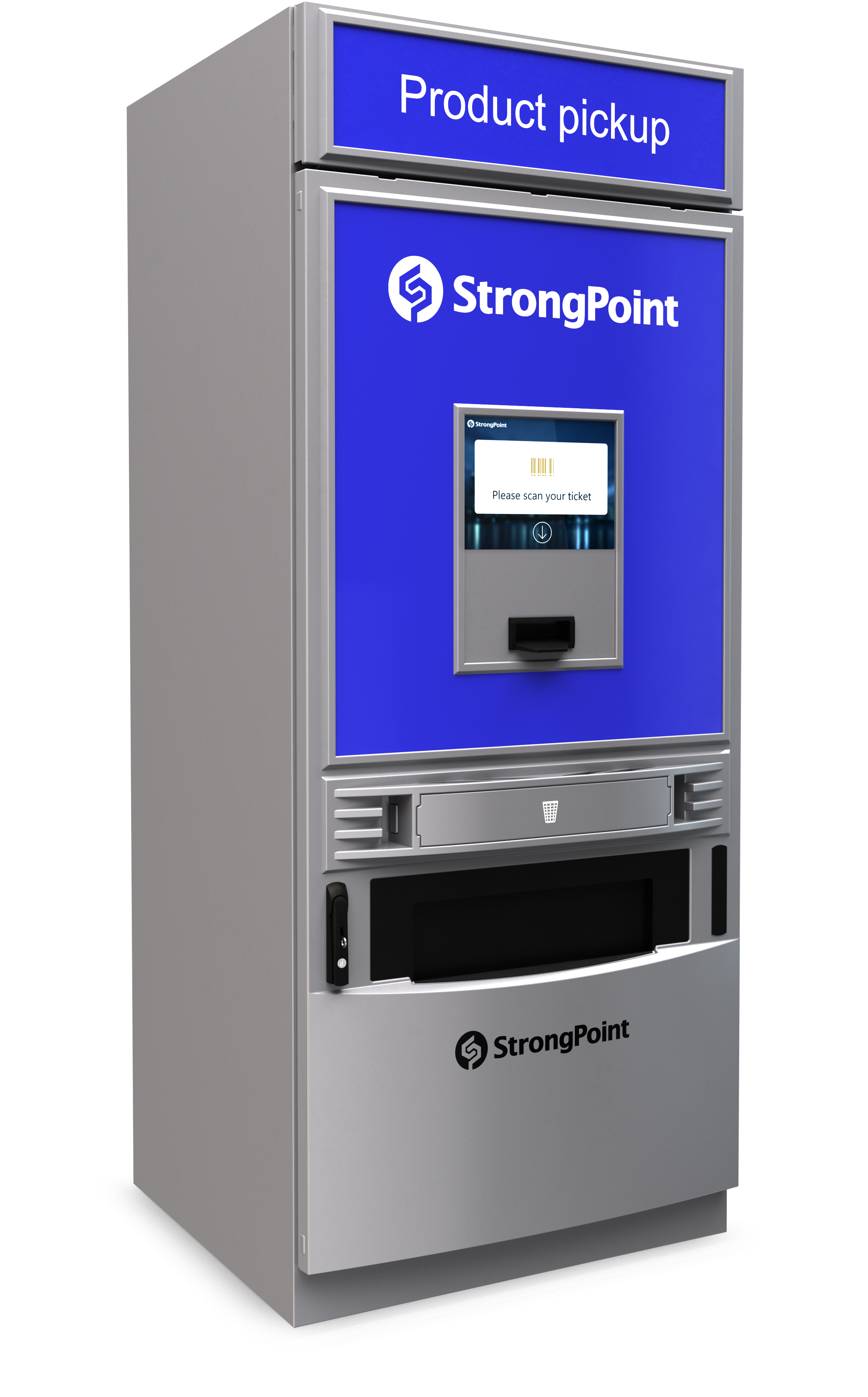
Vensafe Select & Collect
Vensafe enables a secure in-store collection point for age-restricted and high-theft products purchased through both self-checkout and manned checkouts. This enables retailers to boost in-store efficiencies, increase the safety of their store staff, eliminate sales to minors, and control in-store thefts.
Learn more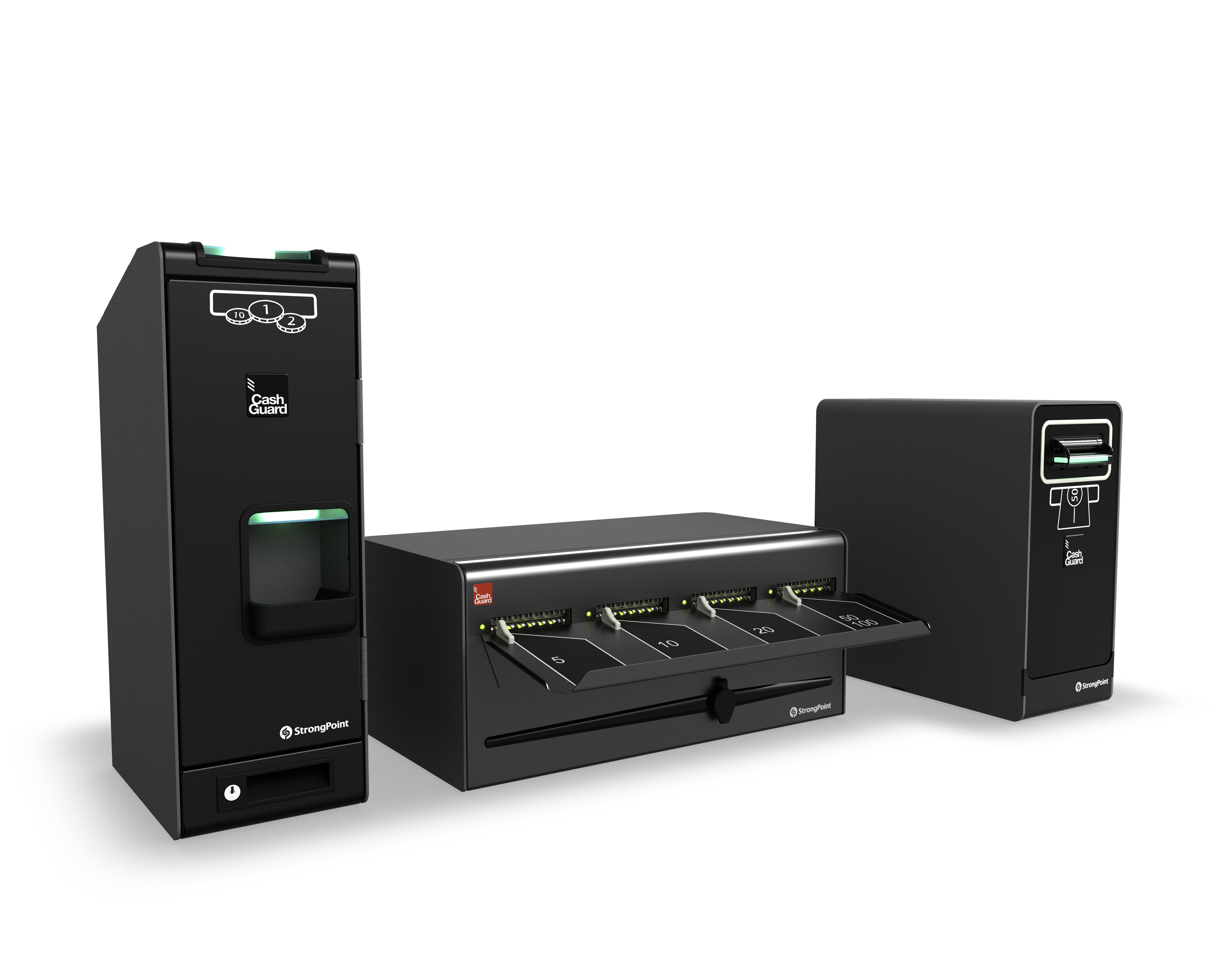
CashGuard Cash Management
Cash handling is often an overlooked part of the retail operation that can have an enormous impact on the entire business. As a retailer you and your staff spend hours every day counting and guarding cash, but theft and shrinkage still appear. With CashGuard you can spend that time on more productive tasks while ensuring theft and shrinkage is next to nothing.
Learn more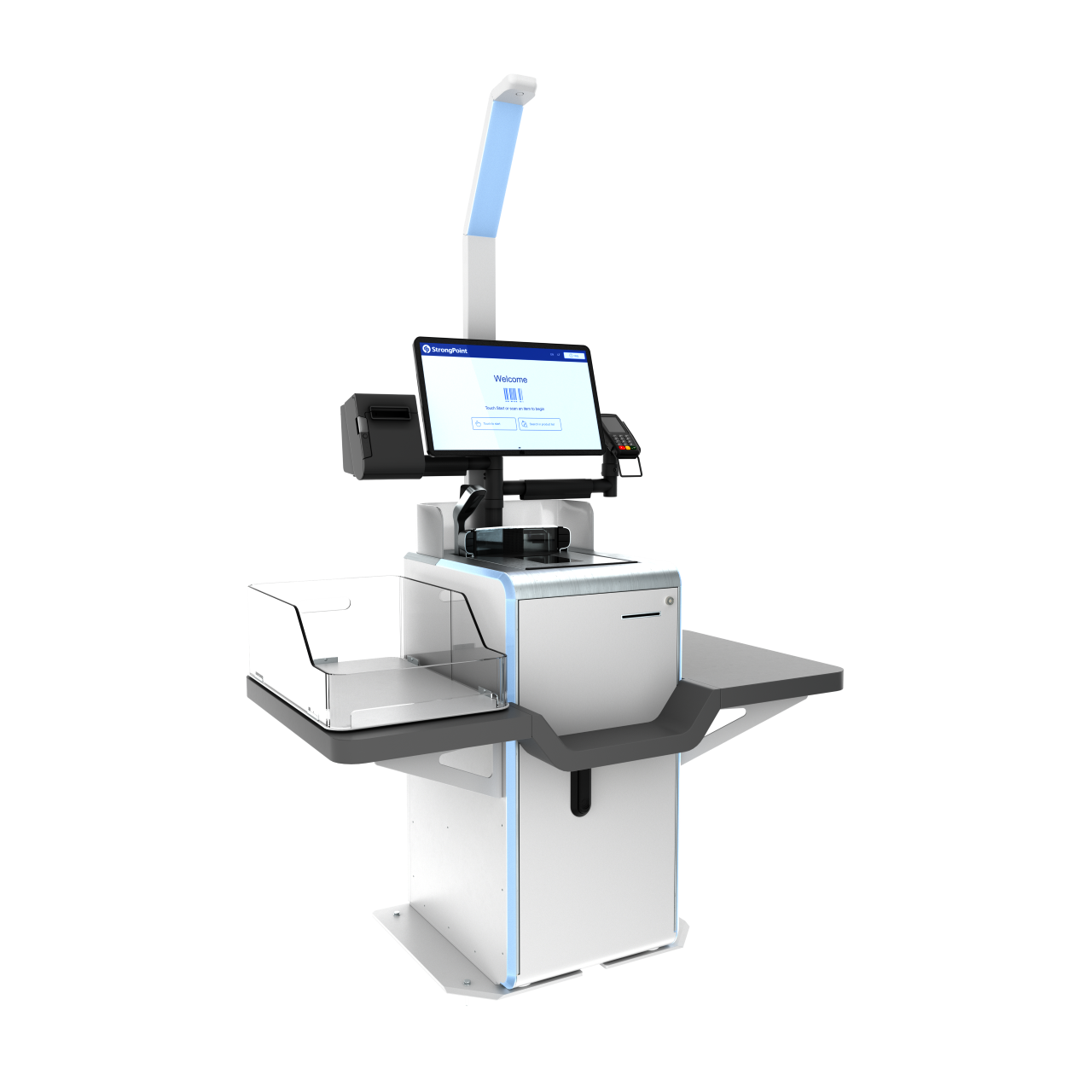
Self-Checkout
There is a clear trend toward more checkout options and flexibility in retail today. Retailers look for combinations of regular tills, self-scanning systems and self-checkout to better fit their individual store layouts and concepts. At the same time, there is a growing demand for self-service options among shoppers. With StrongPoint’s self-checkout solution you get a highly fast, highly user-friendly solution with AI item recognition. That means less queues, faster checkout and happier customers.
Learn moreSources:
1. https://www.reuters.com/world/uk/uk-retailers-demand-government-action-rising-crime-2023-09-30/
2. https://www.retailresearch.org/crime-costs-uk.html
3. https://brc.org.uk/news/corporate-affairs/retail-leaders-call-on-home-secretary-to-take-urgent-action-on-retail-crime/
4. https://www.grocerygazette.co.uk/2023/10/05/shoplifting-supermarkets-costs/
5. https://vancouver.citynews.ca/2024/03/14/loblaws-theft-security-scanners-customers
6. https://corporate.lidl.co.uk/media-centre/pressreleases/2023/body-worn-cameras
7. https://www.grocerydive.com/news/shrink-theft-self-checkout-grocery-retail-food/712235/
